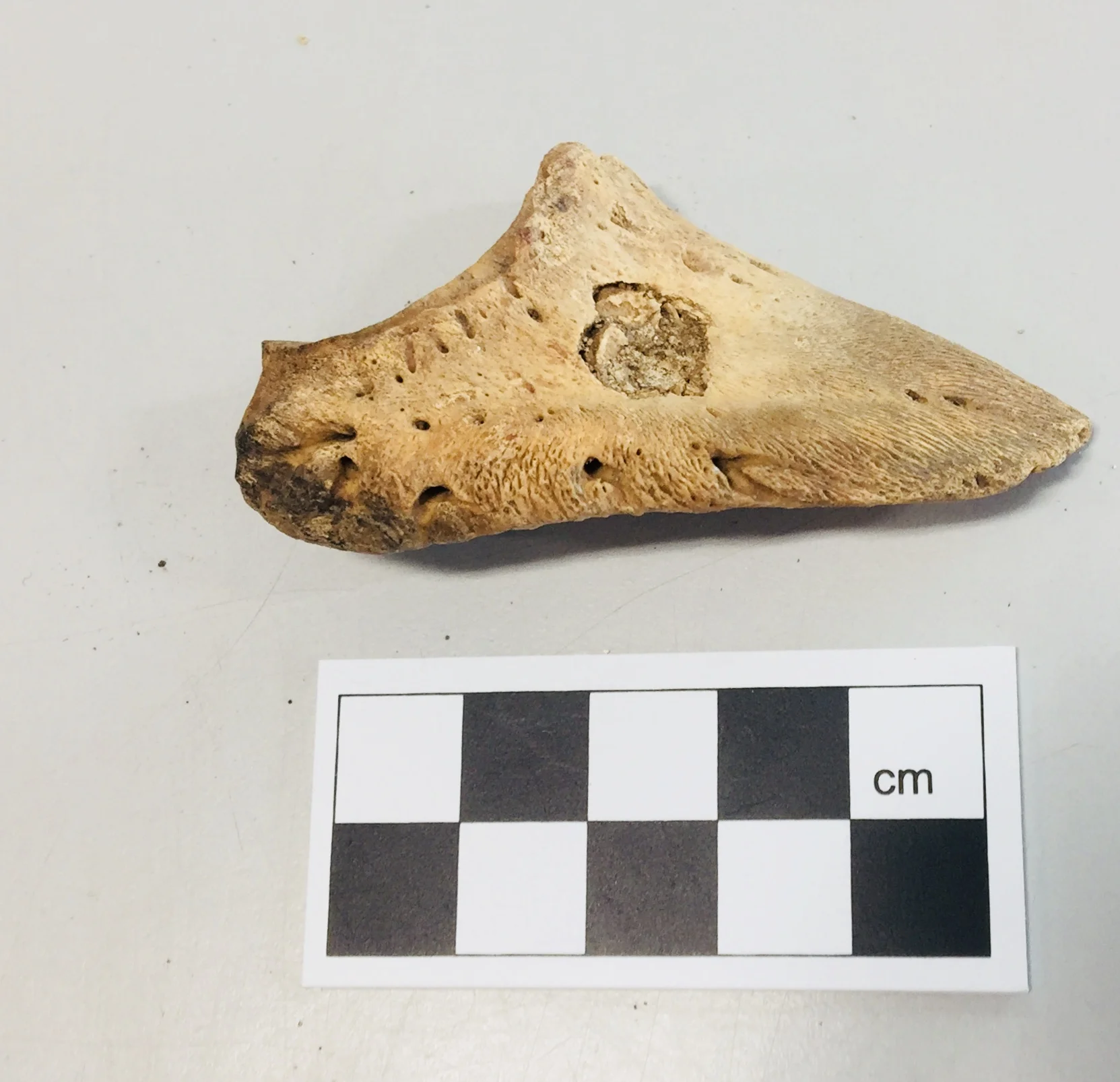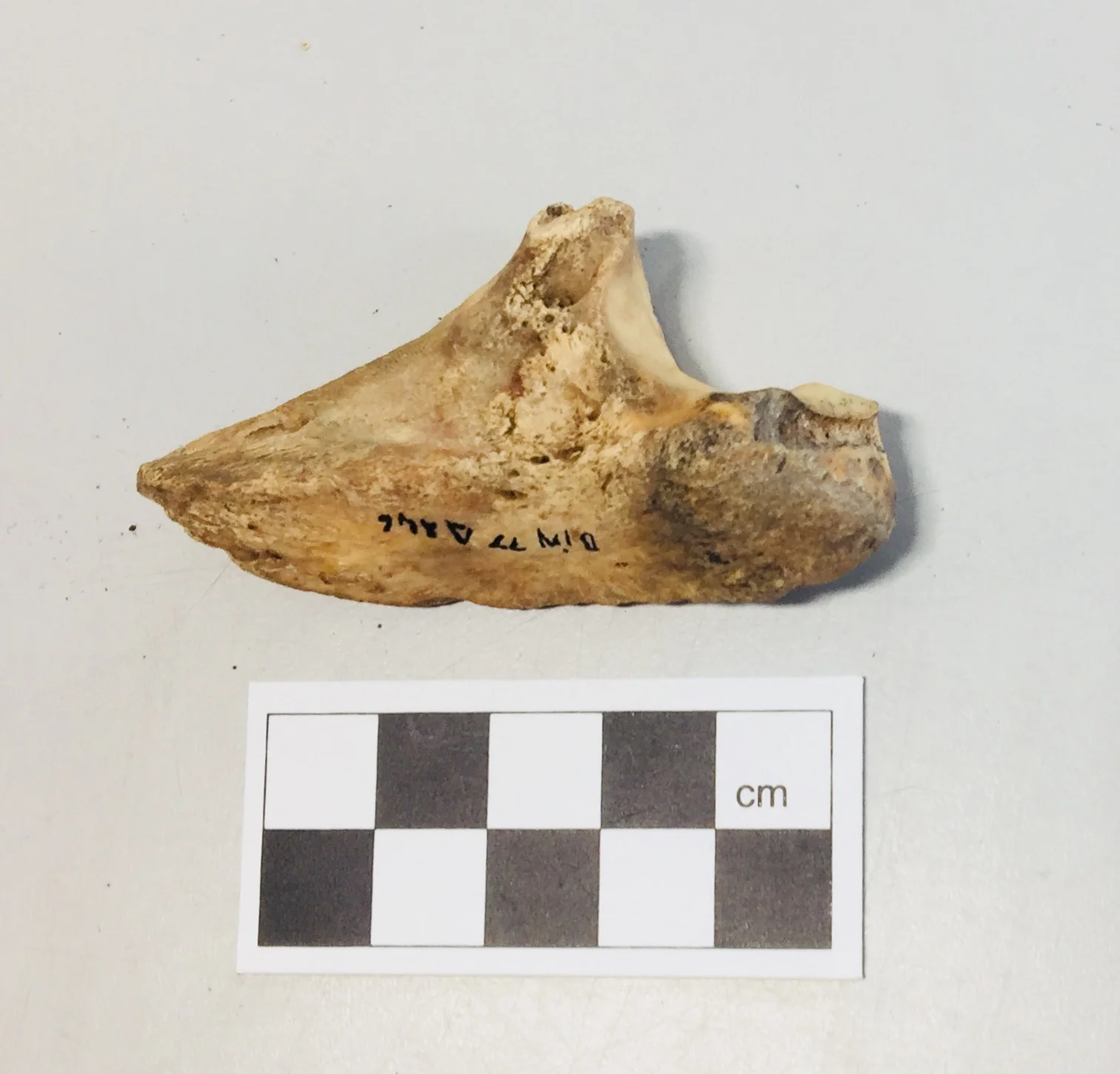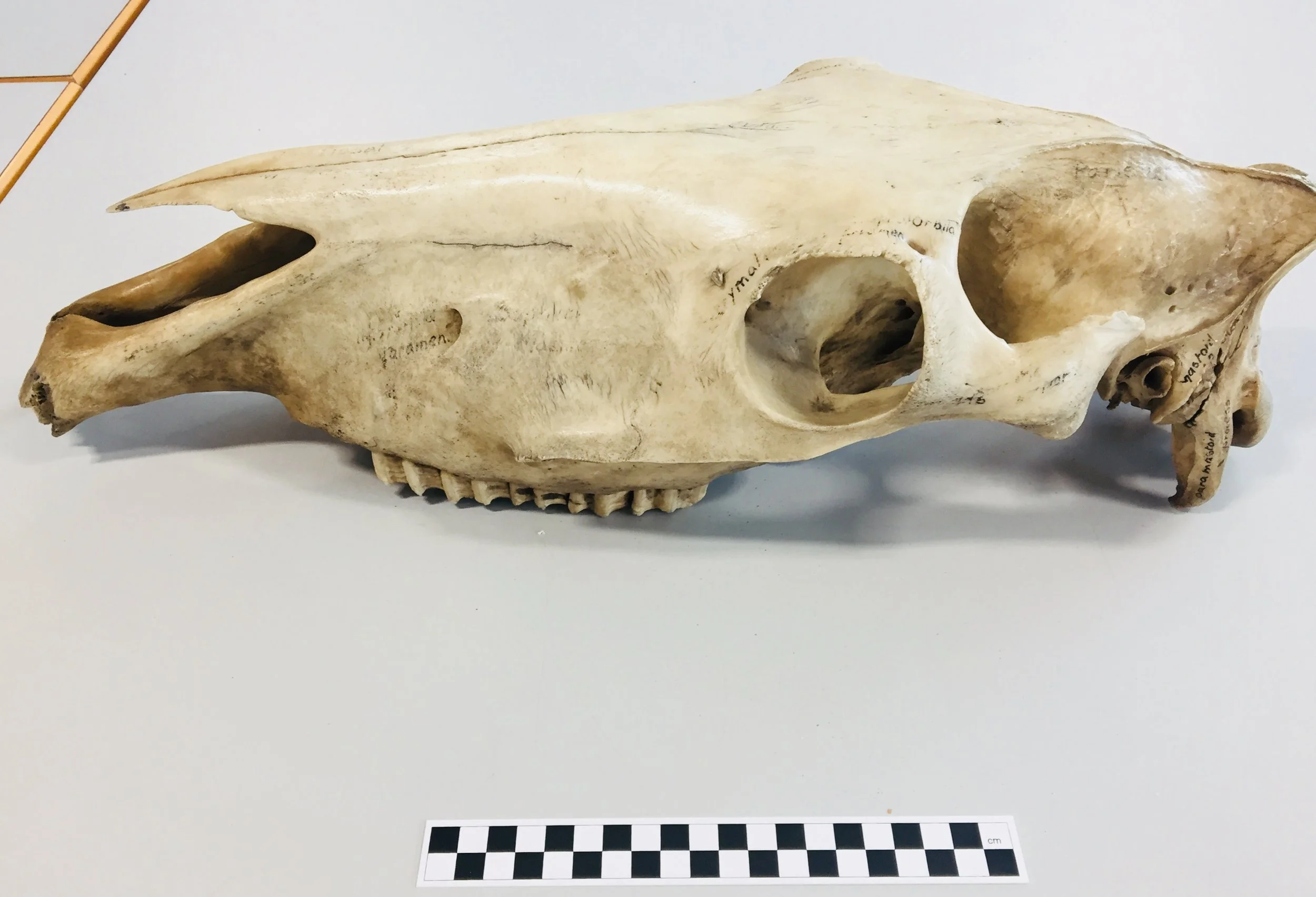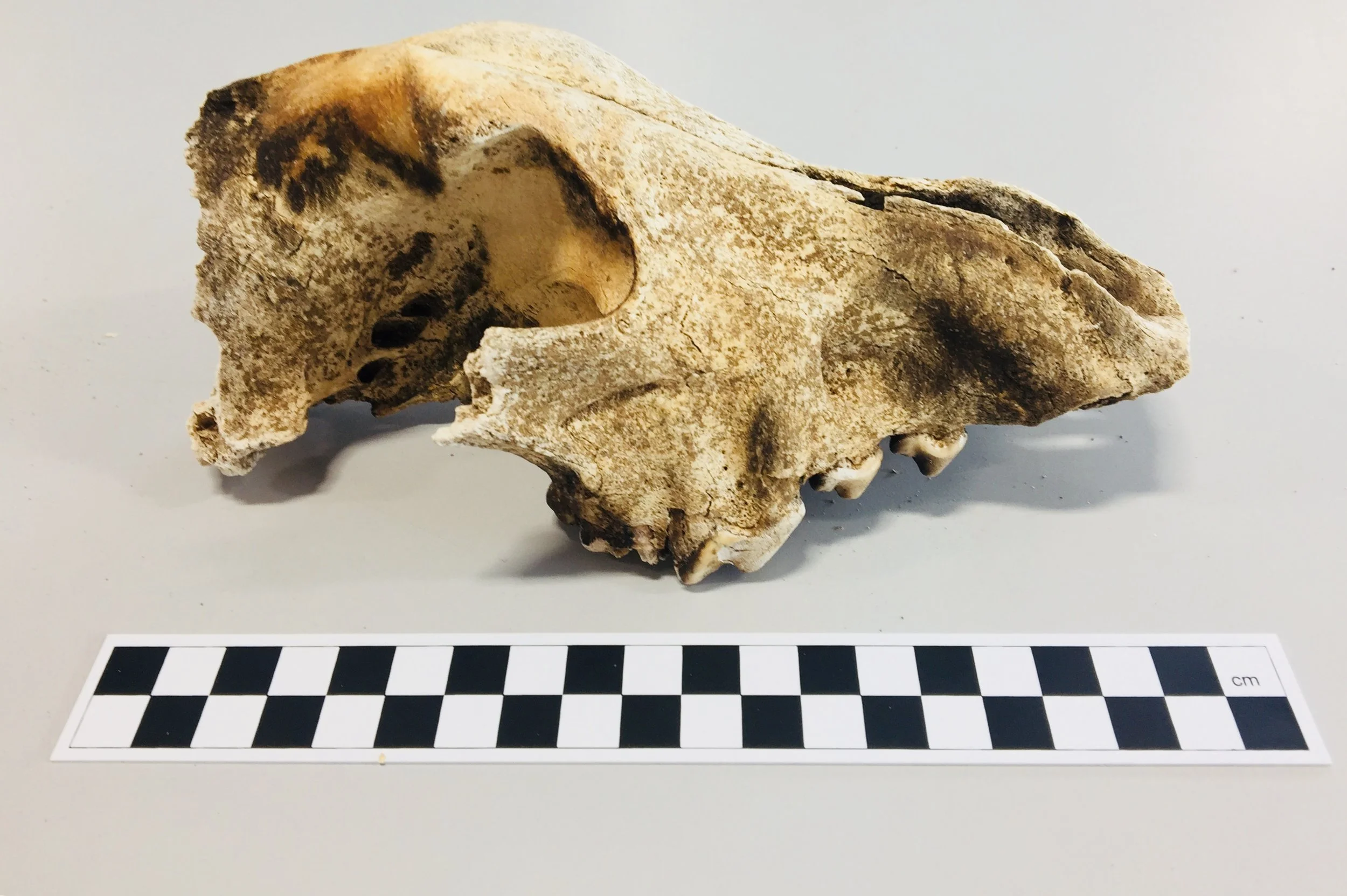The distinction between domestic and wild animals is sometimes difficult, especially if the domesticated species is still morphological very similar to its wild counterpart. Cat being a notorious example. Size is usually a good indicator (wild counterparts often being bigger). Differentiation is usually achieved by means of biometry, which consists of set measurements taken from the bones. Previous research has established standards for measurements taken from individuals of known ID (wild and domestic), to compare your assemblage to. However one needs to bear in mind that modern animals may not look exactly like they used to, and things become even complicated when a species also presents several different breeds bearing distinct morphological differences (e.g. domestic dogs)
Further Reading
http://www.mustfarm.com/progress/site-diary-35-the-must-farm-menu/
Journal of Archaeological Science 35 (2008) 1828e1848 The development of animal husbandry from the Late Iron Age to the end of the Roman period: a case study from South-East Britain Umberto Albarella a,*, Cluny Johnstone b, Kim Vickers a
Davis (1987) The Archaeology of Animals. Yale
Contact
Alex Fitzpatrick
Twitter: @archaeologyfitz
Simona Falanga
Twitter: @CrazyBoneLady
Music
"Coconut - (dyalla remix)"




